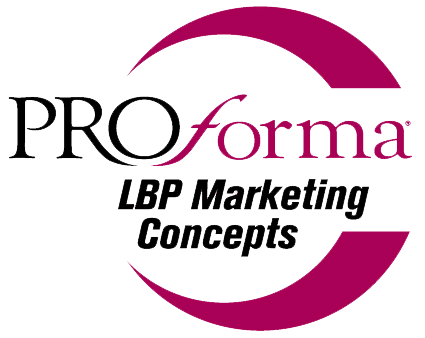Social media marketing hacks to increase your sales revenue
- Read original article here
Social media marketing is essential to increasing your sales revenue and is highly effective at attracting new customers and keeping your current ones happy and engaged. With so many brands competing for their attention, social media allows you to show your potential clients what sets you apart from the competition and gives them reasons to choose you over everyone else out there.
If you own or run an online business, chances are you’ve considered using social media marketing to increase your sales. A survey conducted by the Social Media Examiner revealed that 92% of marketers believe that social media is critical to their success, and 68% think it helps them close more sales. Yet despite these statistics, many business owners are still confused about how to use social media to generate revenue.
If you’re looking to grow your business, you might think you should focus your efforts on sales and marketing instead of investing money in social media marketing. While those other activities are essential, you must also invest in SEO to increase your business turnover and sales revenue. This guide will show you how to do just that.
Your objective should be to establish goals to increase your visibility and brand awareness. Then, you need to devise a strategy that achieves that goal—and regularly evaluate it for effectiveness. For example, one of your goals might be to increase website traffic by 10 percent in 30 days. You create a Facebook advertising campaign with a specific budget designed to reach existing and new customers based on their interests.
Social media marketing tools and apps are a dime a dozen, so you’ll need to figure out what makes sense for your business. Do you want to set up an account on Facebook? Maybe you’re better off focusing on Instagram or Twitter? Or should you be spending more time on Pinterest? To help figure that out, consider how each platform interacts with your target audience. For example, if most of your target audience is over 35 years old and spends most of their time online in mobile apps, LinkedIn will probably be your best bet. If they’re looking at Facebook frequently throughout their day but rarely use other platforms, focus there instead.
Setting goals is essential, whether you have a big or small business. If you have specific targets to reach and means of measuring whether you meet them, you’ll know if you need to make changes (and if so, what kind). When businesses grow in size and scale, it can be easy to lose track of goals: Set SMART goals that are specific, measurable, attainable, relevant, and time-bound. Your business may be growing faster than anticipated; however, it’s difficult to quantify without good data and insight from analytics tools like Google Analytics.
Studies have shown that 78% of customers say they’ve chosen to do business with a company they like and trust simply because they follow them on social media. It’s essential to keep your online brand consistent across different platforms. Still, it’s even more important to create a presence where your target market is active—don’t just advertise yourself on platforms like Facebook, Twitter, LinkedIn, and Instagram. Find out where their conversations are happening and join in. Now is an excellent time to start if you don’t yet have a social media strategy. Also, consider hiring an SEO company to help grow your presence through appropriate tagging and linking across each platform.
This is a standard business metric for assessing investments. Return on Investment measures how much you gain or lose on investment by comparing cash inflows and outflows over time. For example, if you spend $1,000 on a TV ad that brings in $2,000 in new sales but also costs you $3,000 (as measured by the cost of goods sold and other expenses), your ROI is -$1,000. Generally speaking, though, businesses look for positive ROIs. If your return is negative over time, it indicates to investors that you’re doing something wrong or there’s a gap in some part of your business model.
To see results, track how people find you after clicking on your ads. If most of them aren’t converting into customers, you might need to tweak your ad copy or adjust bids. Also, remember that conversions vary depending on what you’re selling; not every lead is meant to turn into a purchase. Maybe they found you looking for coupons or discounts—not quite ready to make a purchase yet but still valuable.

